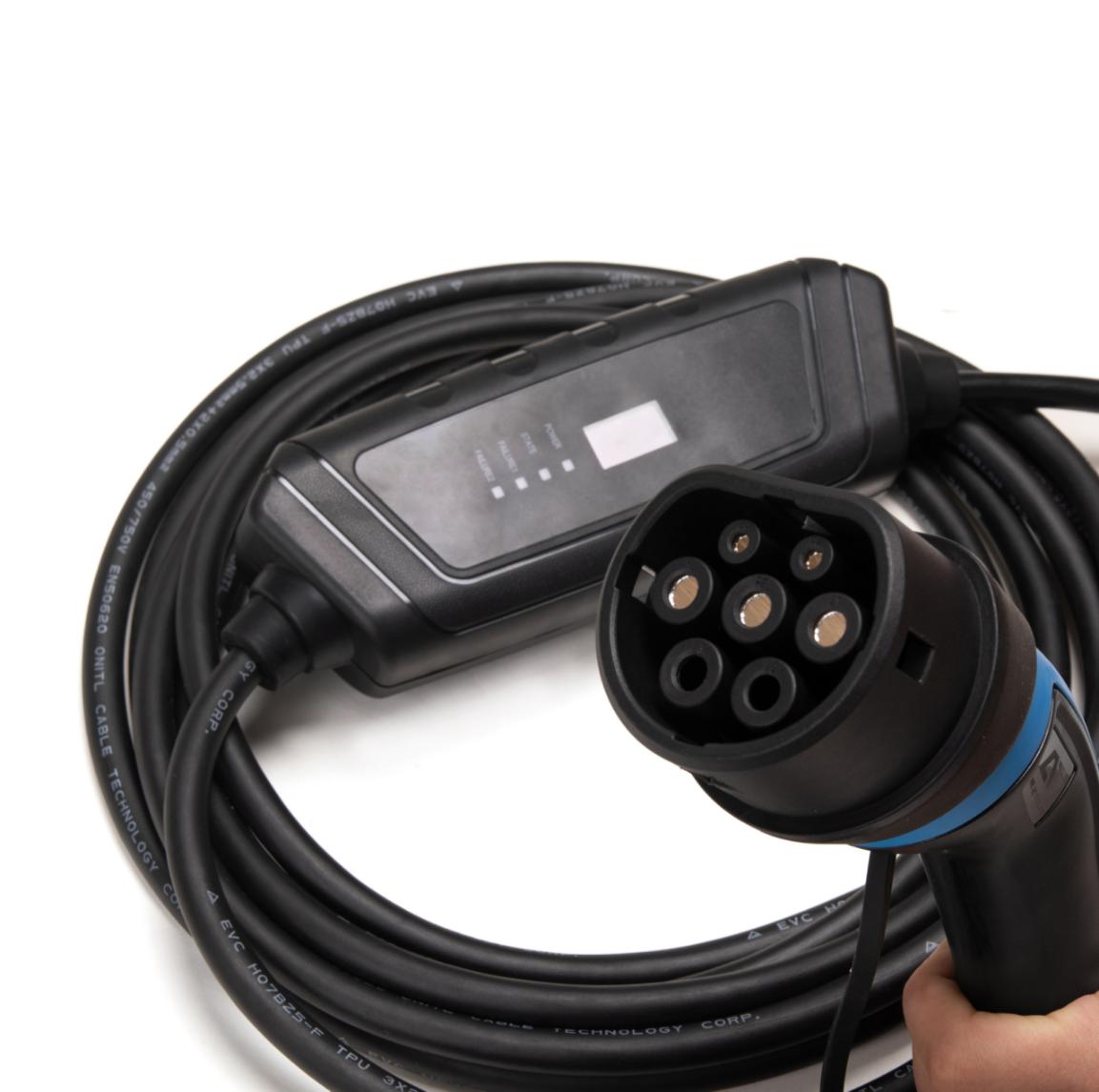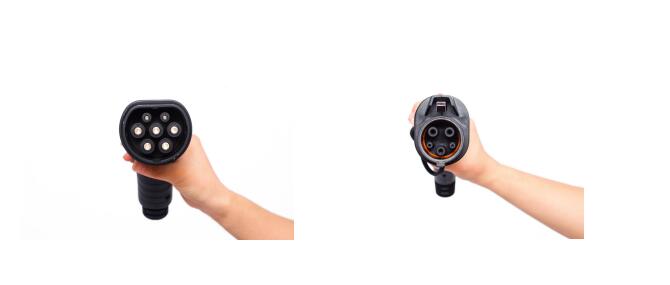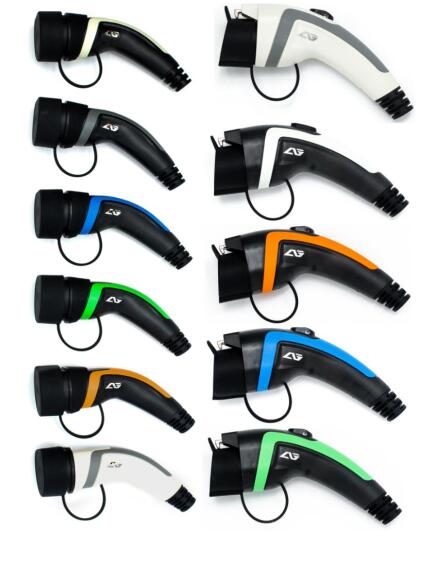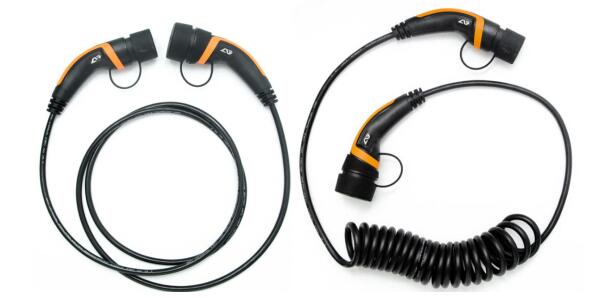If you’re buying a charging cable for an electric car, it’s obviously important to choose the correct one. There are three primary factors to consider when shopping for a cable: connector types, power/phase ratings and cable length. When buying aftermarket cables, you may also have the choice of flat or coiled cables, and you should always check products for relevant EN 50620:201 certification markings to ensure they're manufactured to required safety standards.

There are a variety of charging cable connectors in common use for electric cars, and if you don’t know which ones are featured on your car, it’s easy to tell them apart at a glance – but the handbook will tell you, too. The variants are Type 1 or Type 2 for cars compatible with fast chargers, and CCS or CHAdeMO for cars compatible with rapid chargers.

窗体顶端
The seven-pin Type 2 connector is becoming the most popular European standard for fast charging, but there are plenty of older cars that use the Type 1 five-pin connector. Tesla cars use a modified version of the Type 2 plug that connects to the Tesla-only network of ‘Supercharger’ rapid chargers.

It’s vital to choose a charge cable that’s rated to carry enough current to charge your electric car’s battery in the optimum time. Cables typically come in 16amp and 32amp formats, and the latter will be heavier and thicker – it needs a fatter wire to carry more current. A 7kW wallbox will have a 32amp supply, while 3.6kW wallboxes are typically limited to 16amps.
Sometimes it’s worth buying a 32amp cable even if your current car’s on-board charger is only rated to 16amps, because you may wish to use the cable for another, higher-rated vehicle later on. However, 32amp cables are heavier, and therefore a bit more awkward to handle, which can put people off.
Domestic power supplies are generally single-phase unless professionally converted, but if you want to use other fast chargers at the best speeds, you’ll need a three-phase compatible cable. A three-phase cable will also work on single-phase charging setups.
Coil cables are wound like a spring and stretch and retract automatically when used. They're often easier to use from a wallbox in the garage, although the springiness means their reach is typically significantly less than the stated length, and they can look unsightly compared to a flat cable put away neatly by the user. If you want a portable cable to carry in the car, flat cables are generally the ones to pick.

Although charging cables are designed for outdoor use, leaving them lying around in all weathers and under constant exposure from the sun can degrade them quicker. They'll also be exposed to more chance of accidental damage, or even theft. Cable manufacturers therefore often supply storage bags or tidy clips for cables, which, as well as keeping things tidier in the boot of your car, can also protect your cable from expensive wear and tear.
As a professional electric vehicle charging equipment manufacturer, AG Electrical can provide you with different electric vehicle charging plugs from type 1 plug to type 2 plug.
Also, we provide OEM/ODM service with the completely supply chain from concept design to MP(Mass Production).
As experienced team, we are capable of design and manufacture Industrial products with strict quality control system.
Do not hesitate to contact us if you need to.
OEM/ODM service
